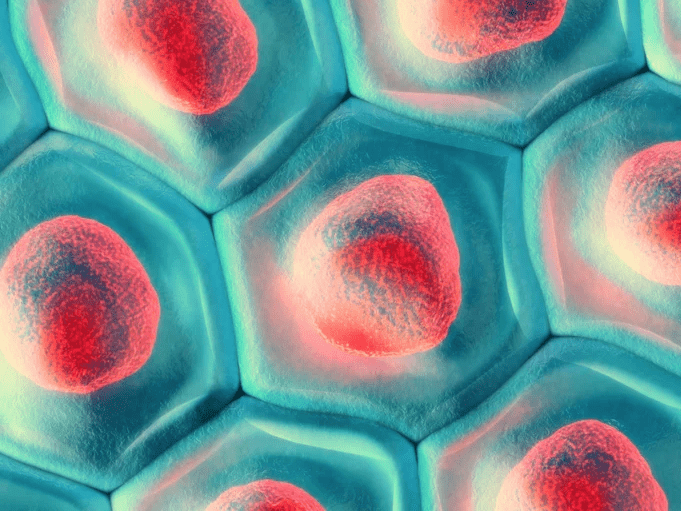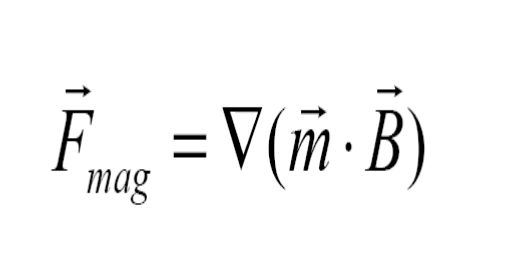As we have entered an age of personalized medicine, we have begun to understand that individual differences play a large role in disease expression and treatment options. This idea is also true of individual cells, the basic unit of life – a single cell is made of all of the necessary cell organelles that give that cell its functions and morphology. Therefore, while studying diseases’ phenotypes and developing new drugs, it is becoming increasingly important to study single cells instead of groups of cells.
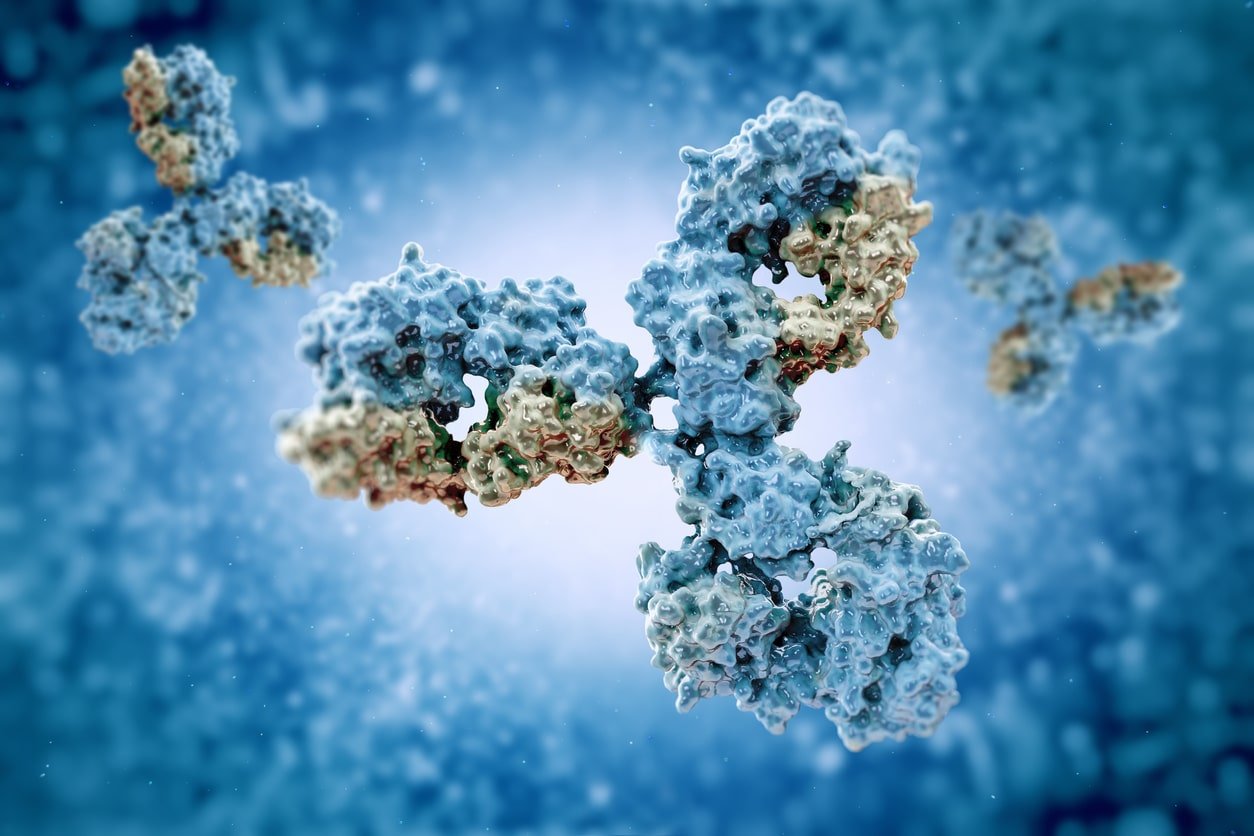
Magnetic beads are used for biomagnetic separation procedures to enrich the population of a specific cell, or isolate biomolecules (such as protein, or nucleic acid) for purification purposes. Since the affinity between antibody and antigen is strong and specific, antibodies are often conjugated to the surface of magnetic beads – called “surface coating” – in order to bind their ligands for enrichment.
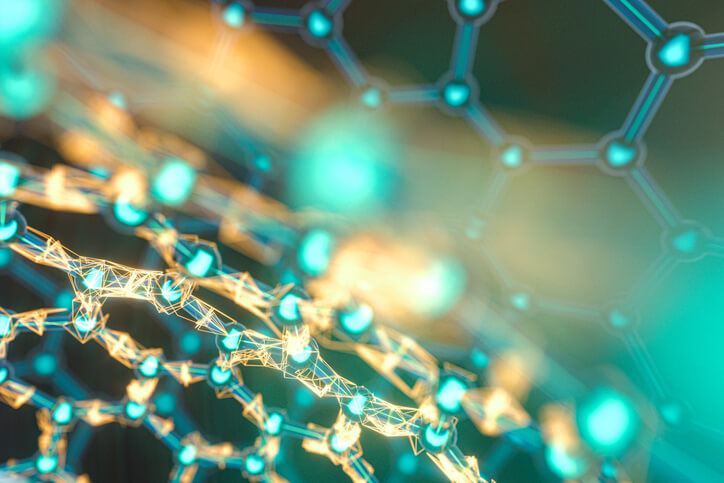
Protein A
Protein A is a protein derived from the cell wall of the bacteria “Staphylococcus aureus” and can also be extracted from the culture supernatant. It has unique binding properties to the Fc and Fab region of IgG of some mammalian species (and to a lesser extent to IgM and IgA as well).
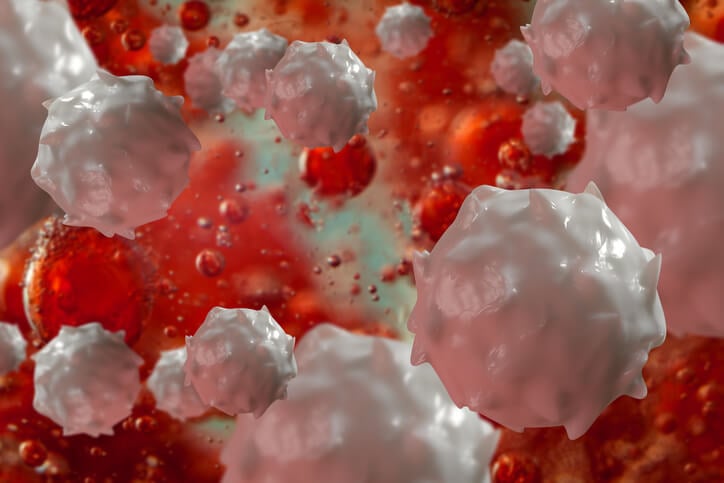
Importance and uses of cell isolation
Cells are the basic and fundamental units of organisms carrying genes for the biological function of that particular cell. Higher organisms (eukaryotes) are composed of 200 different types of cells (e.g. red blood cells, white blood cells, muscle cells, bone cells, nerve cells etc.) that have different gene expression profiles and even the same cell lines can present different genomes, transcriptomes and epigenomes during cell division and differentiation.

Column chromatography is a method used in many areas of science to isolate a single compound from a mixture. The basic principle of column chromatography is the adsorption of target to the column by designing a column with specific affinity to the target. The target compound adsorbs to the column resin while the remaining mixture easily flow through the column and out the other end. A similar method is used to purify protein and nucleic acids, and it is generally referred to as affinity chromatography. Affinity chromatography requires a solid support (typically a magnetic bead or a resin column) on which to covalently attach a capture molecule which has affinity to the target protein or nucleic acid.
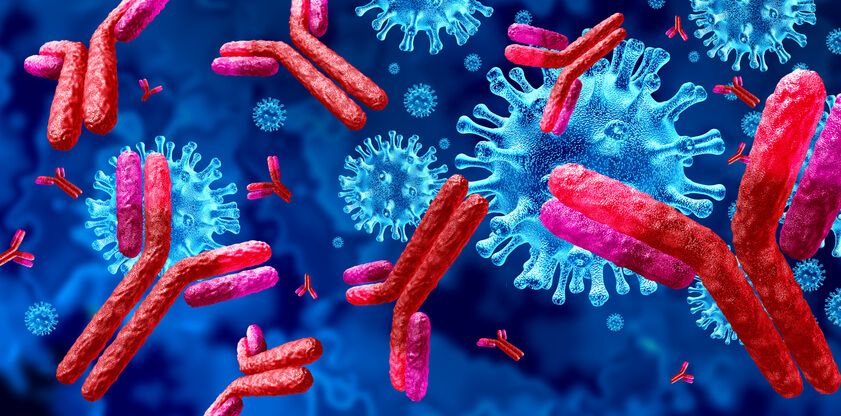
Easy background on antibodies
Antibodies are proteins that act as part of our adaptive immune response. In response to a pathogen, our body immediately calls on immune cells that are part of our innate immune response. The next response is called the adaptive immune response, and during this process an immune cell called a B-cell generates antibodies. The primary job of antibodies is to bind to pathogens to neutralize their ability to infect cells and to act as a tag that signals the start of more immune mechanisms.
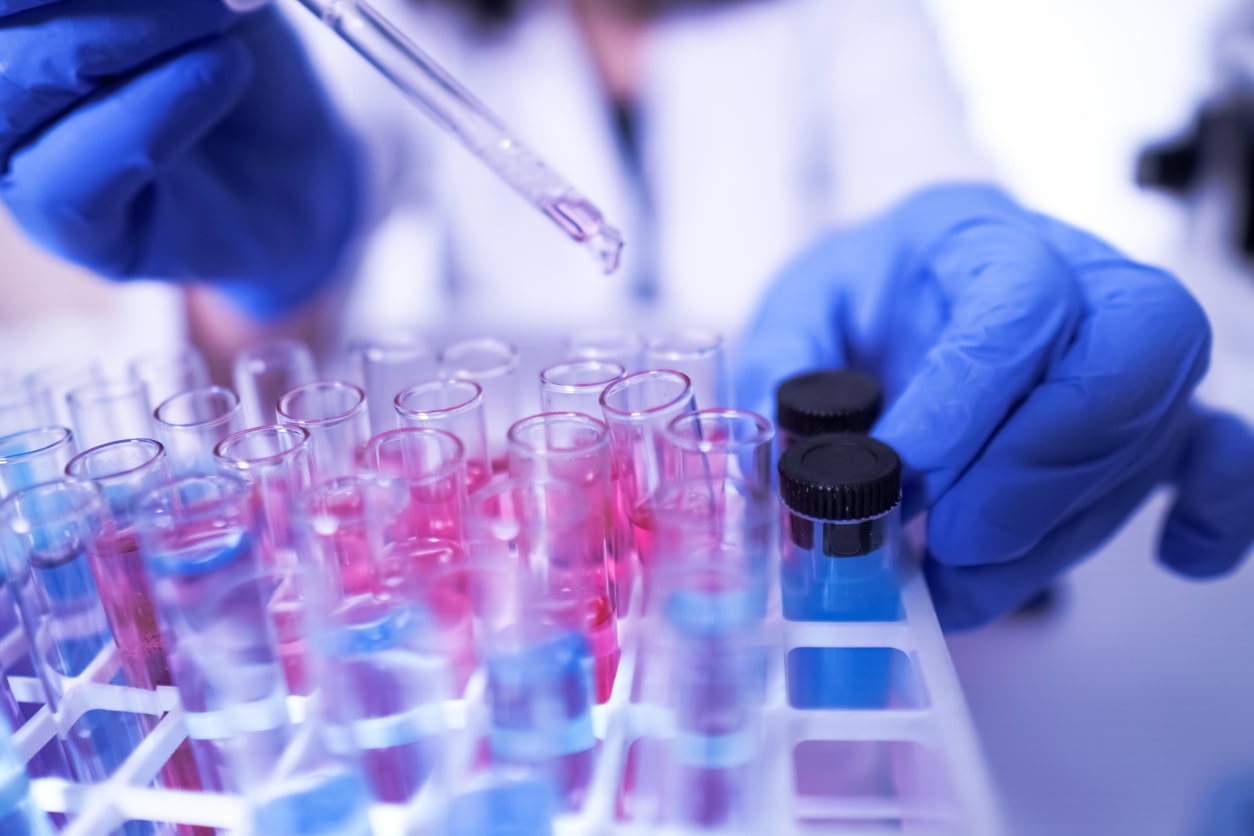
Ensuring that pharmaceutical products reach the consumer without degradation during shipping and storage has led to the creation of stability testing guidelines. All pharmaceutical products must undergo rigorous and standardized stability tests before they are approved for sale around the world. This has not always been the case for components of In-Vitro Diagnostic (IVD) kits used in clinical and research laboratories worldwide.
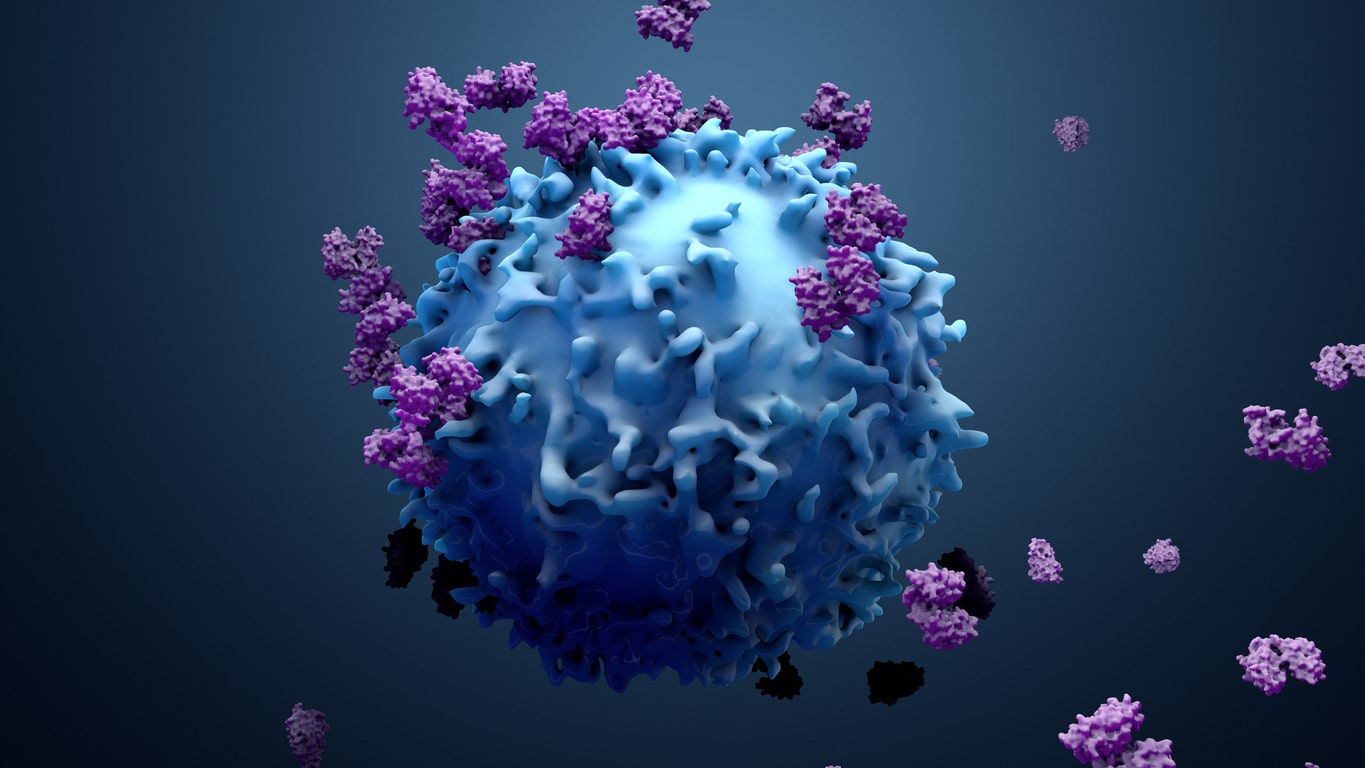
Magnetic microbeads are used to enrich cells, proteins, and nucleic acids from complex samples using biomagnetic separation. The process requires a well-designed magnetic separation rack, and the beads need to be coated and functionalized in order to capture the desired target molecule. Magnetic microbeads are typically made of iron oxide (Fe3O4) also known as magnetite, and are 0.5 to 500 μm in diameter. The diameter of the microbeads is a function of the non-ferrous material composing the beads.(more information below). The microbeads are small enough that they are superparamagnetic, which means that they are inherently non-magnetic, but they become magnetized when placed into a magnetic field. This effect is reversible, and the magnetism disappears again after the microbeads are removed from the magnetic field.
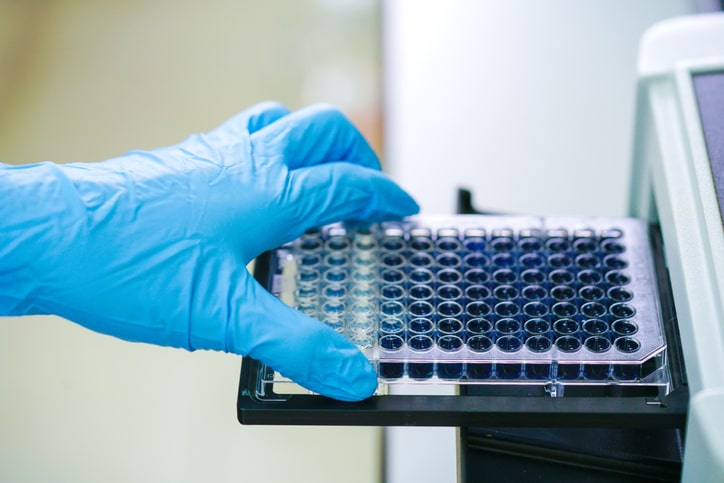
A magneto elisa is a combination of magnetic bead separation and Enzyme Linked ImmunoSorbent Assay (ELISA) for analyte detection. The magnetic bead separation helps to enrich the target population from complex media such as serum or whole blood prior to quantitative detection via ELISA. This works particularly well for cell separation and detection. One example where a magneto ELISA was used, was to detect CD4+ T-cells from whole blood of HIV patients. An accurate count of CD4+ T-cells is imperative in the treatment and management of HIV and detection of AIDS development.
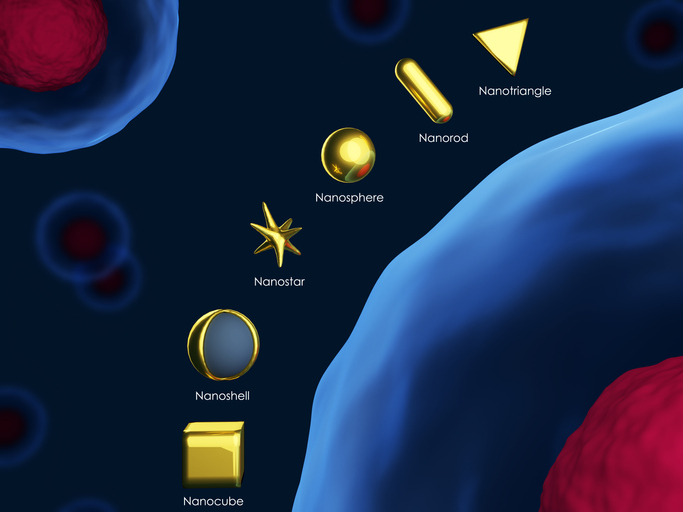
Gold has always held a special allure for humans throughout history: wars were fought over it, alchemists strived to turn other metals into it, graves were looted for it, and love was sworn by it. Gold is so entwined in our lives that many people don’t even realize that it is fundamental to many state-of-the-art biotechnology. One of the most useful modern properties of gold is the creation of a surface plasmon resonance condition upon exposure to incident light of a resonance frequency. Gold used in this way is applied as a thin layer on a surface plasmon resonance (SPR) chip or is used as nanoparticles in Surface Enhanced Raman Scattering (SERS). These aqueous solutions of gold nanoparticles (5-50 nm in diameter) are the least recognizable form of gold because these colloidal solutions actually appear reddish in color rather than the characteristic yellow color of larger solid gold. It turns out that the work of the alchemists was not wasted. The discovery of aqua regia (noble or royal water) by an alchemist in the 8th century AD is critical to gold nanoparticle synthesis. This powerful mixture of nitric acid and hydrochloric acid is capable of dissolving solid gold to make chloroauric acid, which is the starting point for gold nanoparticle synthesis.
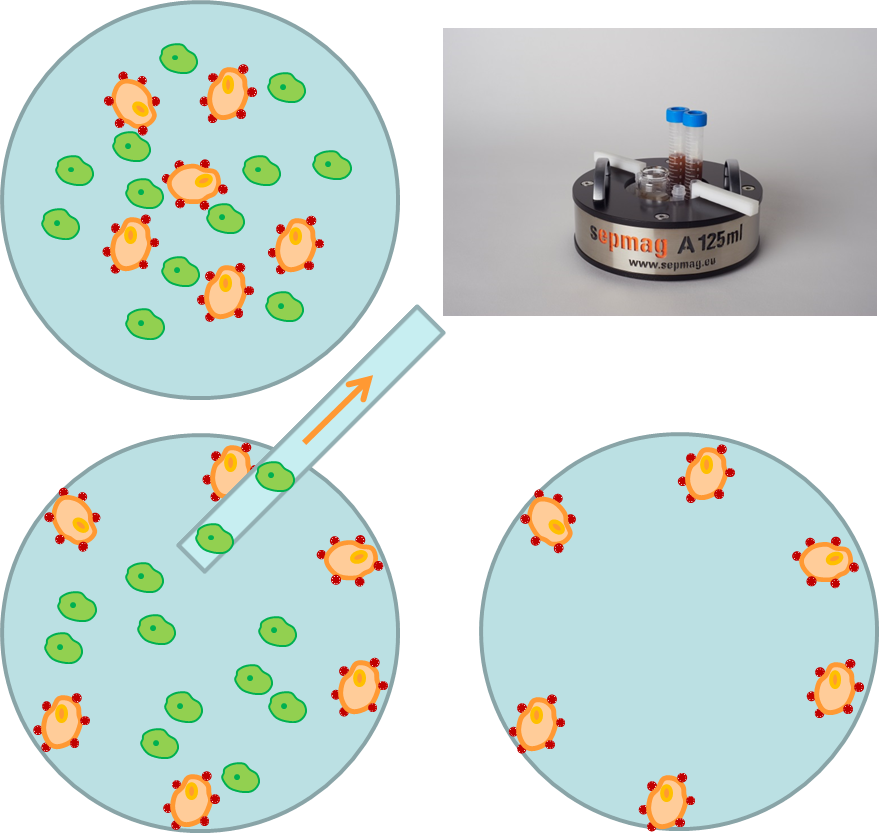
Cell separation is widely used in research and clinical therapy. For research purposes, sorting cells from a heterogeneous population enables the study of the different isolated types. From a therapeutic perspective, cell separation allows for the therapeutic infusion of enriched cell populations into a patient. Moreover, the latest advances in stem cell therapy, tissue engineering and regenerative medicine show the potential of cells derived from different tissues. The use of highly selective separation processes is critical to improve the quality of these cell-based treatments.
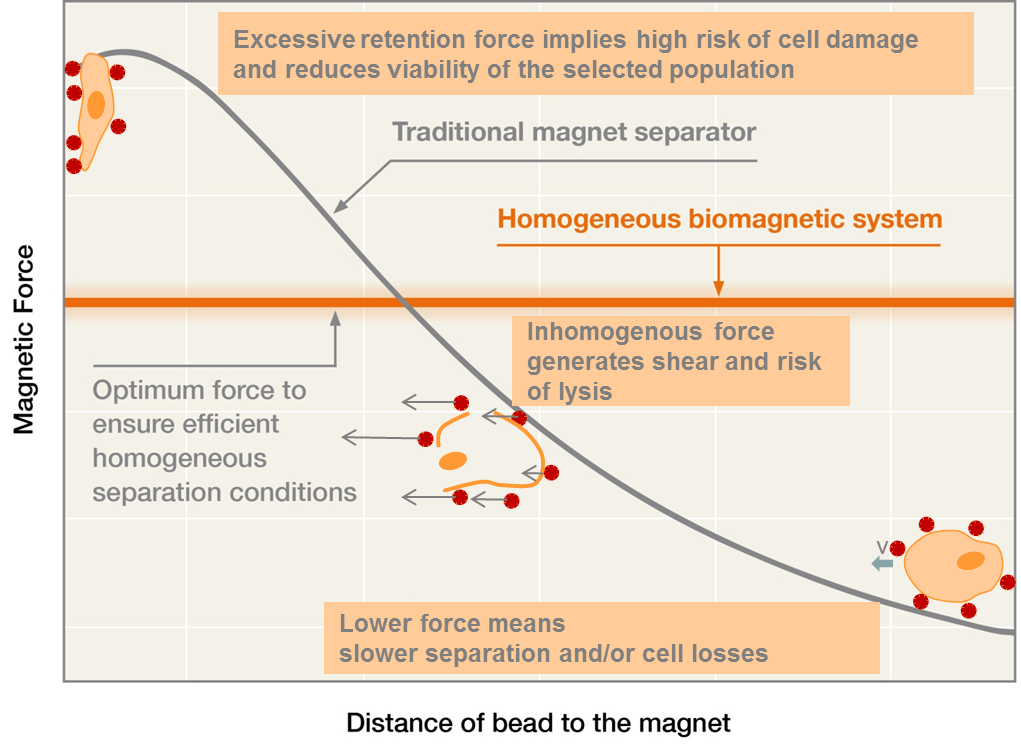
Sorting cells from a heterogeneous population enables the study of the different isolated types, but also allows for the introduction of enriched cell populations to a patient. The use of highly selective separation procedures is also critical to improve cell-based treatments on stem cell therapy, tissue engineering and regenerative medicine.


